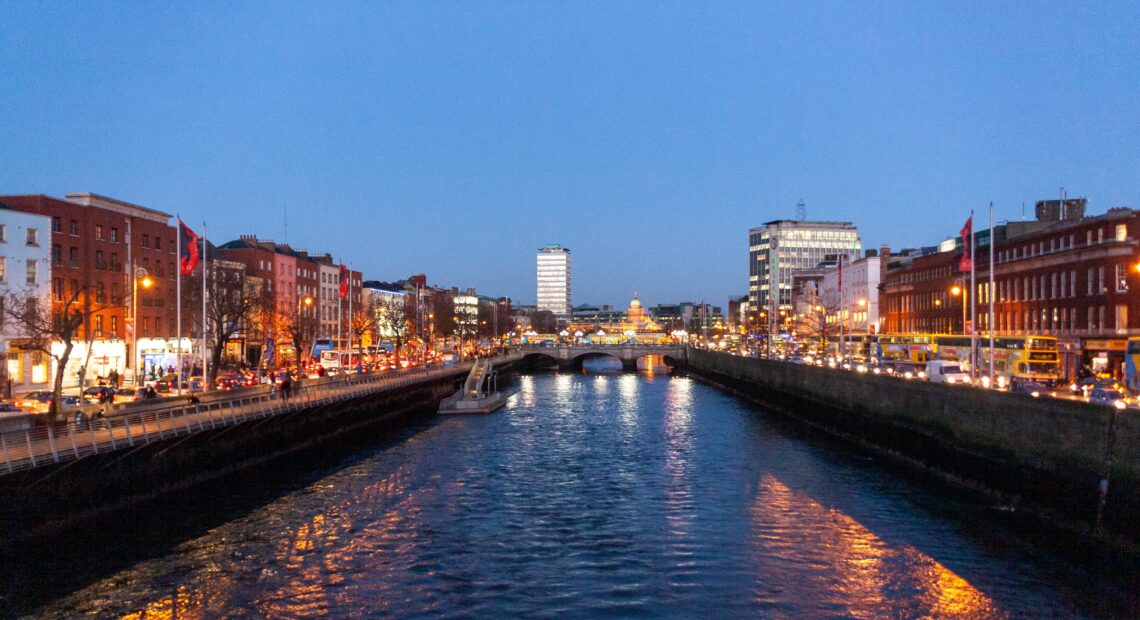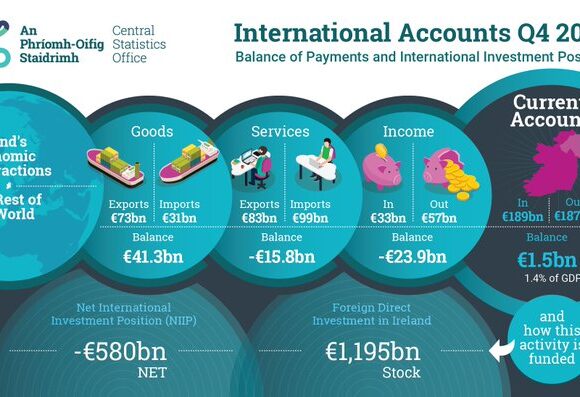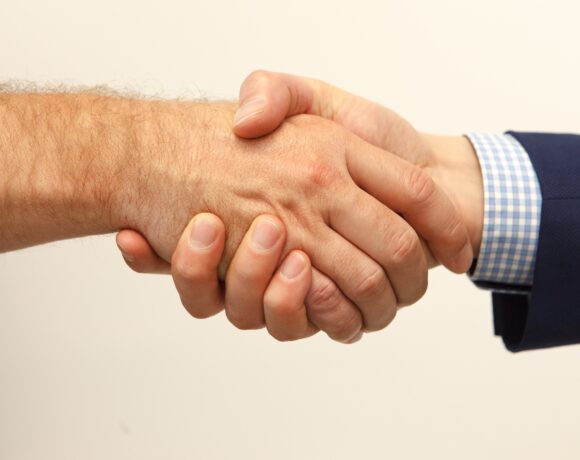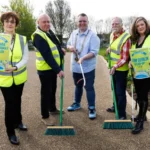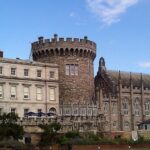COVID-19 removed tourists from cities around the world and now Dublin is using smart tourism to rebound and reset. The unexpected pause has given cities an opportunity to take stock and consider how their tourism offer could be reshaped for the better. Many are understanding that the equation can no longer be a purely economic one and that there are levers they can pull to capitalise on the benefits of tourism while managing the impact on infrastructure and local residents.
Acting fast to balance these issues and chart a course ahead is a priority in Dublin, Ireland, where tourism is a major economic driver. In 2019, the city attracted 8.6 million visitors, bringing in €2.6 billion and supporting 68,000 jobs.
This pivotal moment as the city looks to recover from COVID-19 has seen the emergence of a new role: the Smart Tourism Manager. Barry Rogers has taken on the position in Dublin and is one of the first to hold this specific title for a city, though several are exploring the approach and it is taking on a new significance following the pandemic.
Rogers, who previously worked for Tourism Ireland, describes the remit as, “using digitalisation and data analysis to help build more accessible, sustainable and equitable destinations, and more inclusive prosperity.”
The collaborative initiative, which is part of the Smart Dublin programme, is backed by the four Dublin local authorities, Smart Dublin, Dublin City Council Culture Company and Fáilte Ireland, the national tourism development authority. It is focused on four key areas: data and insights, digital trails, orientation, and digital transformation.
This means using more real-time and new types of data to understand economic behaviour and recovery; leveraging digital trails around the city; offering tools to help people navigate and disperse footfall more equally; and collecting best practices to embed smart tourism in organisations across the sector and beyond the initial two-year remit.
Data and digital trails are Rogers’ immediate priority. One early initiative has been working with Fáilte Ireland to provide open data feeds on activities and attractions for Dublin’s new digital kiosks. Optimising kiosks in this way is a new area for tourism agencies and shows the relatively low-effort quick wins that are possible through smart tourism, Rogers said. The bigger goal is to use data to understand what the new normal looks like in Dublin, and adapt.
Anonymised Data
Traditional tourism performance has been measured and mapped using year-on-year datasets such as airline and hotel occupancy, and visitor arrivals and surveys. COVID-19 threw all these patterns out of the window.
Rogers said, “those datasets were amazing when you had stable growth over a long period of time. With the disruption of COVID-19, there is a transformation going on in how destinations approach and understand data.”
Dublin is increasingly looking to ‘proxy’ datasets, which can show what’s happening – often in real-time. These include anonymised, aggregate data from credit card companies and telecom operators.
Inspired by the work of organisations such as Tourism Northern Ireland, which is creating a dashboard of real-time tourism analytics, Rogers is looking to replicate this on a smaller scale for quick and achievable results in Dublin. The data feeds the Dublin Economic Monitor, a regular bulletin on trends in the Dublin economy for those doing business there or considering it, as well as an internal monthly ‘spotlight’ report specifically focused on tourism.
These tools use a wide range of non-personal data, including the city’s open data, real-time consumer spending data from Mastercard, STR datasets on Dublin hotels, Opentable data for restaurant bookings, and information from the National Transport Authority, as well as openly available mobility data from sources such as Apple and Google.
Rogers said, “most cities have footfall sensors and most produce open data about footfall so this can be very powerful and an easy place to start.”
Rogers is looking for additional data still which can tell the city more about economic behaviour. But persuading potential data providers isn’t always easy.
There are two key issues, Rogers says. One is making it as frictionless as possible for companies to share their data. The other is convincing them that their data is valuable to many cities and tourism organisations, and that it’s worth their while to explore ways to provide it, either paid or pro bono. While some, such as Mastercard, see the value and have created new offerings during the pandemic, others are yet to be persuaded or are simply too busy with core business.
Rogers believes, though, that more business to government (B2G) data platforms, particularly with a tourism focus, could soon take off when companies see the possibilities.
Digital Trails
Another priority project is around digital trails, or digitally guided tours, which Rogers says are proliferating especially with the emergence of technologies such as augmented reality. The work started with an audit of digital trails in Dublin, capturing the number and types in use and how many were active, who owns and uses them and the technology they’re based on. These were mapped on Google Maps with the aim of streamlining and more cohesively managing digital trails across the city.
Rogers said, “once you can see all of the trails in Dublin on a map, you see which ones overlap and that a coordinated approach is necessary, not just from the destination developers’ point of view but also for visitors.”
From this work, a Digital Trails Toolkit for the tourism industry is due to be published soon and pulls together best practices.
Following a recent tender and with input from Rogers’ findings, Dublin City Council is in the process of selecting a vendor for an immersive heritage trail mobile app for the Docklands area. It will use augmented reality and interactive technology to bring the district’s industrial history to life.
The other Dublin councils were also listed on the tender framework.
Rogers said, “they can put their digital trails onto this platform and we’re not all separately investing in digital trails; we’re pooling our resources into one platform, which is quite powerful.”
Some remain sceptical about whether digital trails are worthwhile or just an expensive gimmick.
Rogers explains, “I can understand where they’re coming from. Maybe when they last experienced one, the technology wasn’t that good. But the sort of stuff we’re seeing coming out now is mind blowing. Technical barriers have come down too.”
He cited examples such as the Walls Alive app from Derry City and Strabane District Council, in partnership with Visit Derry, which creates an augmented reality experience for the Historic City Walls. Another is the app from Linz in Austria which uses gamification and rewards to encourage visitors to fully explore the city.
Smart tourism is an emerging area for post-COVID cities, and Rogers says it can act as a statement of intent to find solutions for issues such as tourism sustainability, equity, balance and economic recovery, rather than simply stating the problems.
He said, “a lot of cities and towns don’t have huge budgets for this work. A small, agile smart tourism programme is a toolkit for driving innovation within a tourism destination. And appointing someone to manage that can be transformative in actually making the change happen.”
Source: Cities Today
[sibwp_form id=2]


